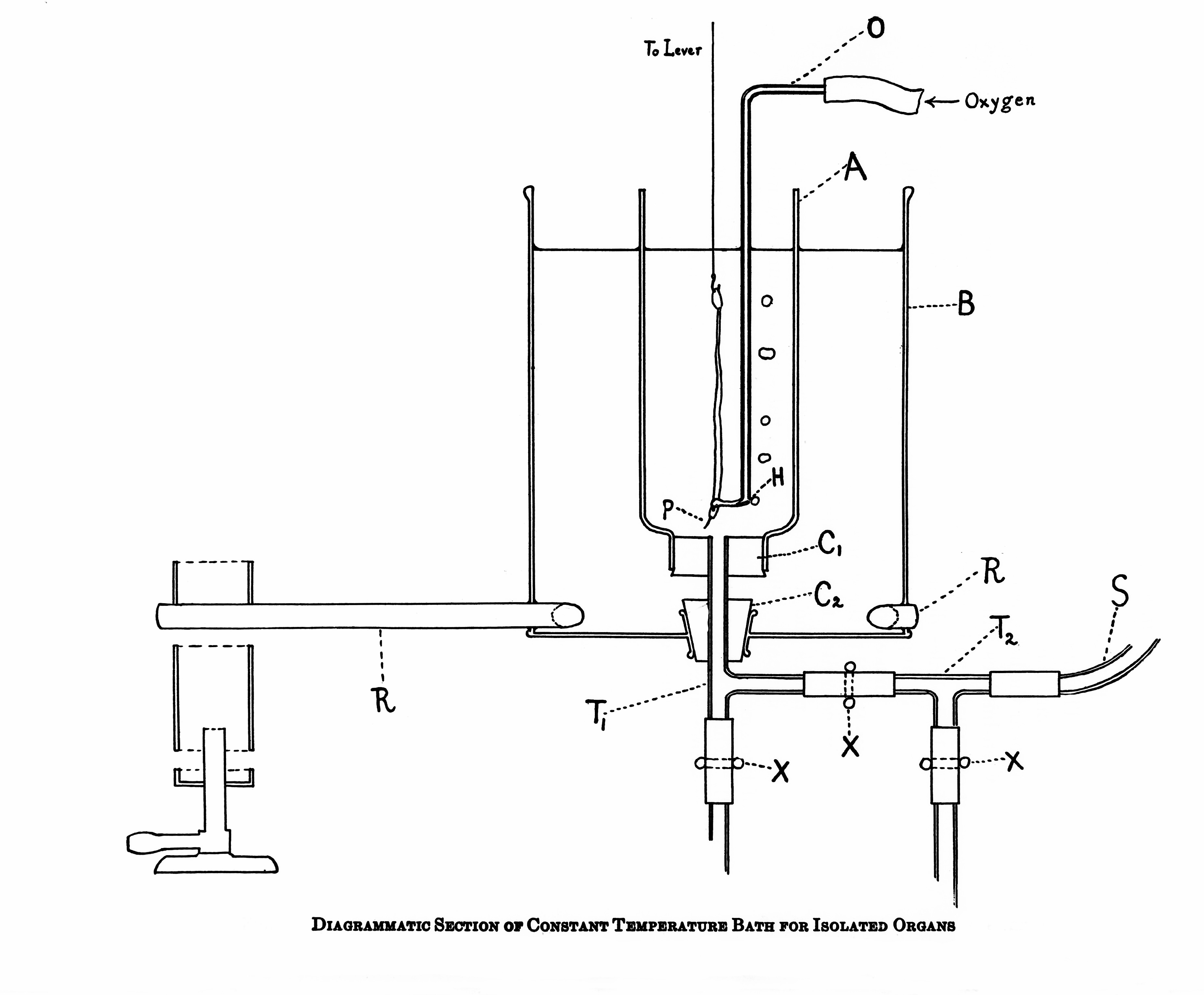
Photo from academic.microsoft.com
Adenosine is an endogenous autacoid that exerts a variety of physiological effects by interacting with cell surface G-protein-coupled receptor subtypes, namely A1, A2A, A2B, and A3 adenosine receptors (ARs) (Borea… Click to show full abstract
Adenosine is an endogenous autacoid that exerts a variety of physiological effects by interacting with cell surface G-protein-coupled receptor subtypes, namely A1, A2A, A2B, and A3 adenosine receptors (ARs) (Borea et al., 2018). Numerous experimental evidence suggests that A1AR represents a promising therapeutic drug target for different pathological conditions of the central nervous system, cardiovascular disorders, and metabolic diseases (Burnstock, 2018). Through activation of preand post-synaptic A1ARs, adenosine plays an important role as an endogenous neuroprotective modulator mainly by inhibiting the excessive release of excitatory neurotransmitters like glutamate, an effect that also underlies the anticonvulsant action of adenosine. The A1AR agonists have been recognized as promising antinociceptive agents in several preclinical models of chronic and neuropathic pain (Borea et al., 2016). The adenosinergic system also regulates mechanisms related to psychiatric disorders, where A1ARs mediates antidepressant and anxiolyticlike effects. In the heart, adenosine acts as a cytoprotective modulator in response to stress, mostly via A1ARs. Activation of myocardial A1ARs has been shown to exert beneficial effects against ischemic cardiac injury, arrhythmogenesis, coronary and ventricular dysfunction, and ventricular remodeling (Dinh et al., 2017). Given the role of A1AR stimulation to inhibit lipolysis, improve insulin sensitivity and inhibit insulin release, A1AR agonists have the potential to be useful for metabolic disorders such as type 2 diabetes, obesity, and hyperlipidemia (Dhalla et al., 2009a). From these premises, pharmacological agents that activate A1ARs should have huge potential for therapeutic use in different pathological conditions. Toward this goal, various selective agonists of the A1ARs are available, and some have already entered early-phase clinical trials. Nonetheless, the transition of A1AR full agonists into the clinic as effective drugs has been severely hampered due to low efficacy, receptor desensitization, and safety issues related to off-target effects. Common side effects include bradycardia, atrioventricular blocks, vasoconstriction, sedation, and antidiuretic effects. As an alternative strategy, A1AR partial agonists and positive allosteric modulators have been found to be equally effective while avoiding severe adverse effects and receptor downregulation/ desensitization. Pharmacologic and preclinical data have revealed that, as compared to full Edited by: Francesco Caciagli, University of Studies G. d’Annunzio Chieti and Pescara, Italy
Journal Title: Frontiers in Pharmacology
Year Published: 2020
Link to full text (if available)
Share on Social Media: Sign Up to like & get
recommendations!